Oleh : Yohannes "Khalid" Telaumbanua, M.Pd (Dosen Jur. BSI)
 The text, Basucis and Philemon, which will be analyzed, is a version of one of the Roman myths written by Edith Hamilton by using the Ovid’s poem as a source for it. Before analyzing the text considering the seven standards of textuality, it is better to have a general knowledge about the type of the text, which is a myth, and the topic of it.
The text, Basucis and Philemon, which will be analyzed, is a version of one of the Roman myths written by Edith Hamilton by using the Ovid’s poem as a source for it. Before analyzing the text considering the seven standards of textuality, it is better to have a general knowledge about the type of the text, which is a myth, and the topic of it.The fact that “Myths” mainly make up the oral tradition of literature by being told of mouth from generation to generation, they might survive by being handed down and contributed to written literature, which enables us to read them now and survive them for the next generation. Myths are generally about strange and wondrous events, talking animals or objects, superhuman characters, gods and goddesses, monsters that do not exist in real life. Even if they do not exist in real life, they give an idea about the “life” itself; maybe more than the real stories succeed to do.
Before reading a myth, it is essential to have an idea about the outline of this text type since it makes it easier to follow the story effectively and leads us while we are analyzing it, as it is aimed (Bronze: 1989). Associated with Greeks and Romans, MYTHS are anonymous stories that convey cultural ideas and beliefs, or explain natural occurrences. All countries are said to have their own traditions of such imaginative stories (some of them have legends, some have folk tales, some myths, or two or all of them) explaining natural events, teaching moral lessons, emphasizing behaviors, attitudes, and ideals admired by the people who create them.
While reading the myth, a reader should have the awareness that although it includes some strange and non-existent things, it tells about other people and cultures, which are useful to understand their literary history; furthermore, they were created long ago and in different cultures, they convey ideas and attitudes common to people today. As a reading strategy, the strategy that is used while reading other literary texts might be applied. (Since these strategies are given to be utilized in teaching reading in that book, it will not be discussed here. However, it enables us to see that myths, folk tales, legends are all included in literary text type in their written forms even they were oral before).
In line with the explanations made above, different subjects might be subject to myths and accordingly the theme varies. Here it may be enough to give an idea about the theme of the text, which will be studied: The importance of relationships both within the society, such as hospitality and within the family, such as love and loyalty. The characters in the myth will be mentioned are “Basucis and Philemon” are husband and wife who were rewarded by the gods for their hospitality to strangers. Jupiter is the king of the gods in Roman Mythology, like Zeus in Greek mythology. Mercury is the messenger of the gods in Roman Mythology, like Hermes in Greek Mythology.
THE OUTLINE OF “BAUCIS AND PHILEMON”
This is the story telling how the gods for their behavior reward a devoted couple, which is hospitality. In the Phrygian country (an ancient country in Asia), people were not kind to the guests visiting their houses and Jupiter realized it when he decided to visit Phrygian with Mercury to see how the people of this country were. However, in one house they encountered with good people who devoted themselves to each other and the people coming to visit them. They served best even if they were poor. Upon this, Jupiter gave punishment to the whole country except “Basucis and Philemon”. Jupiter told them to wish something. Living long together happily, they wanted to die together. In the end, they died together and the gods turned them into two trees with a single trunk after they died.
RELATED THEORIES AND ANALYSIS
The text, “Basucis and Philemon” will be analyzed according to the seven characteristics of text linguistics. Textuality is a concept in linguistics and literary theory that refers to the attributes that distinguish the text (a technical term indicating any communicative content under analysis) as an object of study in those fields. It is associated in both fields with structuralism and post-structuralism. The word “text arose within structuralism as a replacement for the older idea in literary criticism of the “work,” which is always complete and deliberately authored. A text must necessarily be thought of as incomplete, indeed as missing something crucial that provides the mechanics of understanding. The text is always partially hidden; one word for the hidden part in literary theory is the “subtext” (Spivak: 1976) (Richard, Jack, et al: 1985) and (Matthews: 1997).
The concept of the text in structuralism requires a relatively simple relationship between language and writing. Derrida, a leading post-structuralist, and questions this relationship, aiming his critique primarily at Ferdinand de Saussure, who, he claims, does not recognize in the relationship between speech and writing "more than a narrow and derivative function.” For Derrida, this approach requires putting too much emphasis on speech. Saussure confronts the system of the spoken language with the system of phonetic (and even alphabetic) writing as though with the tools of writing. This teleology leads to the interpretation of all eruptions of the nonphonetic within writing as transitory crisis and accident of passage, and it is right to consider this teleology to be a Western ethnocentrism, a premathematical primitivism, and a preformalist intuitionism (Spivak: 1976). The analysis of this text “Basucis and Philemon” is identical with the analysis of my English education master program thesis where he underlined on a concept in linguistics and literary theory that refers to the attributes that distinguish the text (a technical term indicating any communicative content under analysis) as an object of study in those fields. It is associated in both fields with structuralism and post-structuralism (Telaumbanua: 2009).
























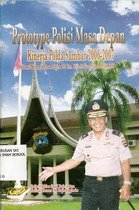
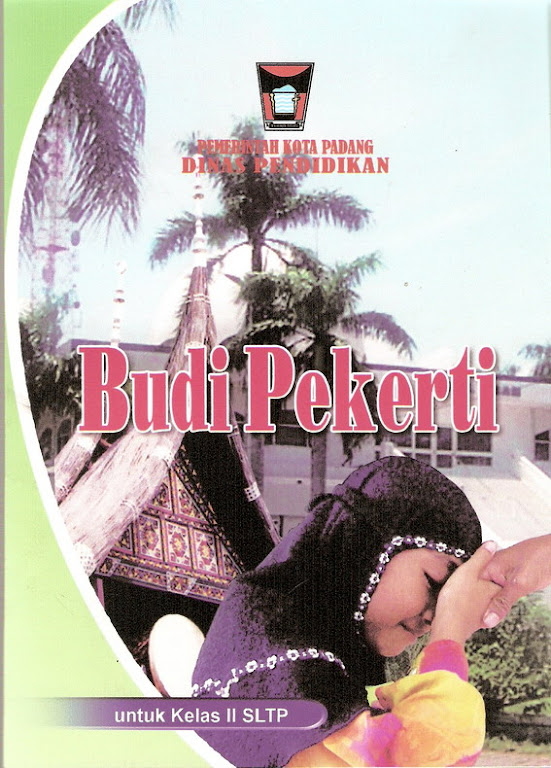



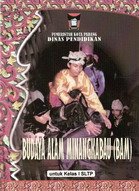

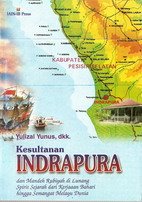



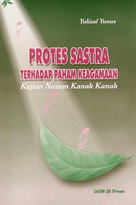
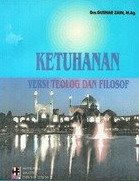




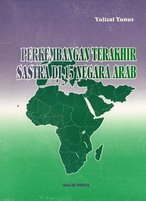











Tidak ada komentar:
Posting Komentar